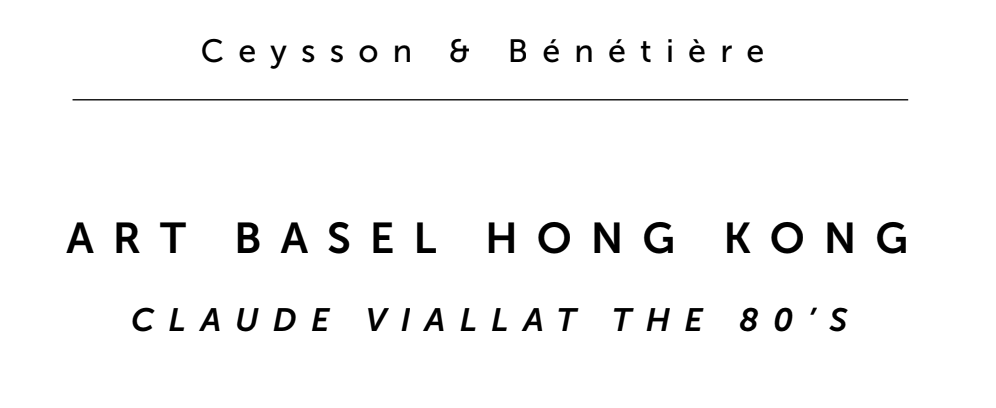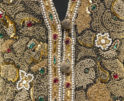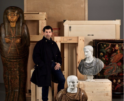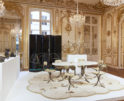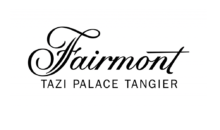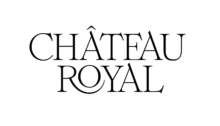
Ceysson & Bénétière – Art Basel Hong Kong
Claude Viallat, The 80’s
Pugnaire & Raffini, Driving Through
Hong Kong, du 19 au 23 mai 2021
Claude Viallat’s work questions the practice of painting putting colors on a flawless surface by applying colors on a material surface, which existence itself interferes with colours. In the 1980’s, Claude Viallat progressively frees himself from his monochromatic practice. The forms, painted on different panels, also throw the composition in new directions and enliven the
patterns.
Using dirty and worn-out canvases makes it harder to achieve “a beautiful painting”. The artist gives value to the underlying and preexisting color and tries to enhance it through his work.
Vlieseline, tondi, doors, diptychs, and open canvases are some of the supports on which he playfully goes around or fills up forms with vivid and bright colors. Viallat dances with the canvas blank space to create unique vibrations and wave-like effects.
We can look back at the time of the “serious experiments” of 1960’s-1970’s related to Supports/Surfaces, the theoretical years, based on the trivial use of the repeated “shape”, and see the seeds of the future. Shy at first, stenciled: methylene blue on a blank off-white canvas…
So many “breakthroughs”, experiment and attempts leading to that point.
In 1975, or maybe 1974, the white slipped underneath, like a coat applied with a brush, and not a sponge. A now irregular, eve thick, mark. Purposely-trivial calling into question of the plain color absorbed by the uncoated canvas. Some would call it a “return to painting”, as if it was ever
done. Logical necessity to go back to painting with more complex inputs Whatever is back, back then, it felt like experiment and labor for the sake of it, research in short, might be over. But mostly, maturity had come, his ambition was asserted. At first glance, stamping, texture experiments, pictorial effects on the canvas, loss, rigidity, retraction effects based on the
materials used, all these recent “ground zero” of painting turned into a more widely complex forms of expression: brush marks, stains… generosity ! After Matisse, was Picasso a reference?
Tempting but easy. However, what is clear is that we got really, and more than ever, confronted to painting, but this time brought to a whole new dimension. The questioning becomes broader than the simple subject of painting. The man is clearly working on himself and the question of time begins to add new depth to self-reflection.
www.ceyssonbenetiere.com
ART BASEL HONG KONG – FILM
PUGNAIRE & RAFFINI
DRIVING THROUGH
The movie transforms a mythical post-apocalyptic atmosphere into a documented story in which materials appear once again loaded. However, the impact of the movie no longer relies on a fictional “one-object show”, but instead on the determination of the protagonist to resist the disappearance of the world.
His gestures are precise and repetitive. Primitive. He collects rubbles, materials, and pieces of history that he first transforms by accelerating their deterioration process. He seeks, works, and labors while walking on an endless path. Rubbles are crushed, sometimes entirely. The lifeless matter becomes raw, the origin of one last creation. The movie also tells a story of sculpture and painting. With the road first, which is in almost every frame.
Subtle quote to Carl André’s ideal sculptural work, the road is a key to the work. Here, it physically and intellectually manifests the weight of matter as well as the extent of a sort of probably utopian quest. The protagonist follows it, but also wears it up with his own hands in an ultimate and inescapable face-to-face in an immense yet closed setting.
Central themes in the research of Pugnaire & Raffini, materials and their state of transformation seemingly relate to an expected temporality, with a past, a present and a future. However, in the first scenes, the presence of the protagonist both on the road and in his studio, as well as his soliloquy, start casting a doubt. The landscapes seem like abandoned sets at the end of a film shoot. The protagonist recalls them by resurrecting bribes of past stories. In the end, distinguishing reality from illusion does not matter.
Here is the information: Fahrenheit 134. The highest temperature ever reached on the surface of the planet nearly a century ago, in the Death Valley (56,7°C). On a desolated urban background, with sadly magnificent sunsets and landscapes dried out by a scorching heat, the story builds around the truths and legends related to the territories visited by the protagonist. Thanks to the attention paid to them, these tangible and sensitive traces turn into monuments in themselves.
Recommended
-
Van Dyck’s Sole Surviving Oil Landscape Emerges: A Historic Revelation at Christie’s London, Dec 2024November 7th, 2024
-
Phillips Hong Kong Presents Iconic Works at November’s Modern & Contemporary AuctionNovember 6th, 2024
-
Timeless Treasures: Christie’s Showcases Two Haute Couture Masterpieces by Paul Poiret and Yves Saint Laurent!November 5th, 2024
-
Christie’s Paris Unveils ‘A Salon by Alexis Mabille’ Exhibition-SaleOctober 29th, 2024
-
Galerie Mitterrand Wins ‘Best Historic Piece’ Award at DESIGN MIAMI Paris 2024October 28th, 2024

